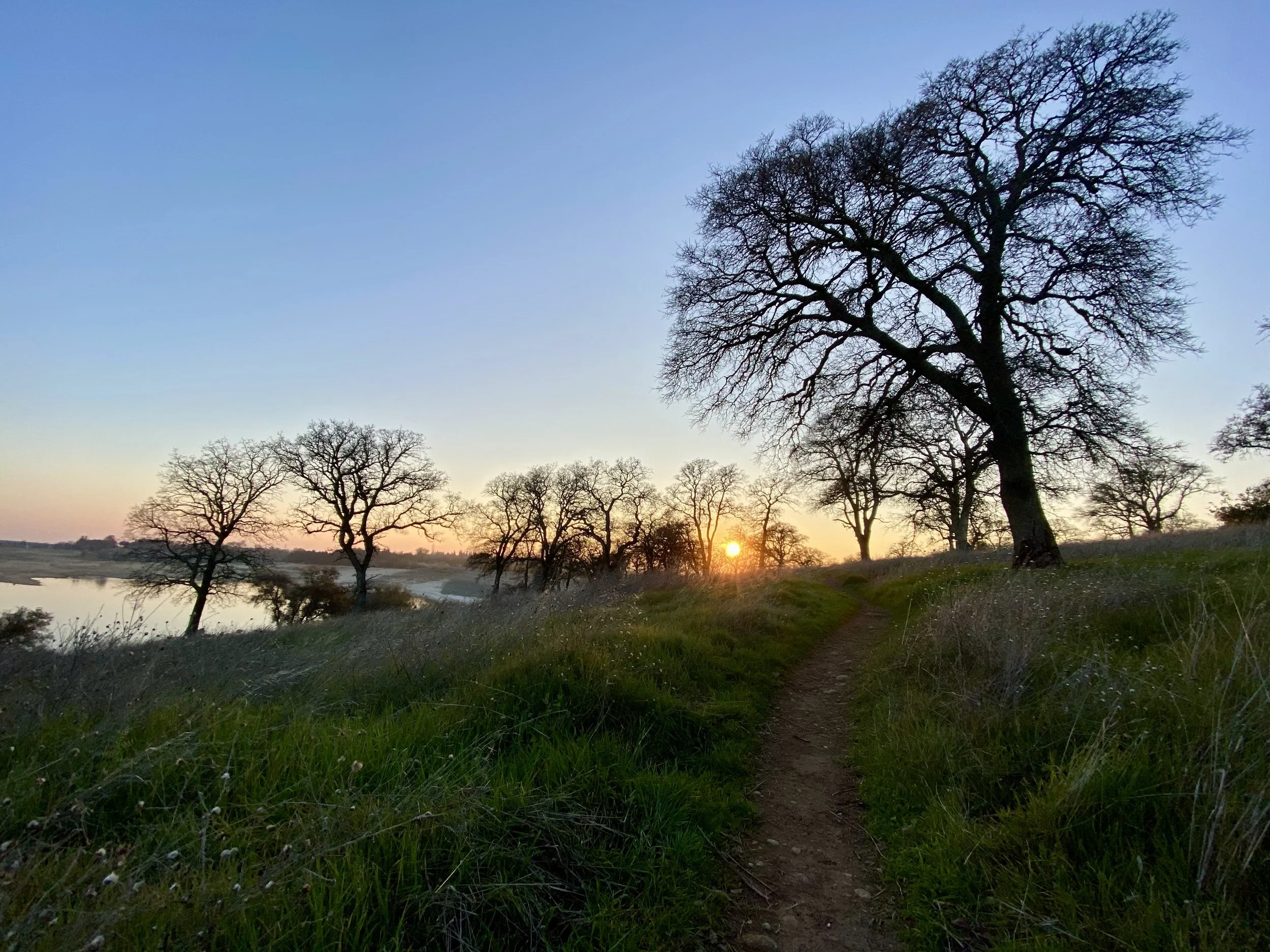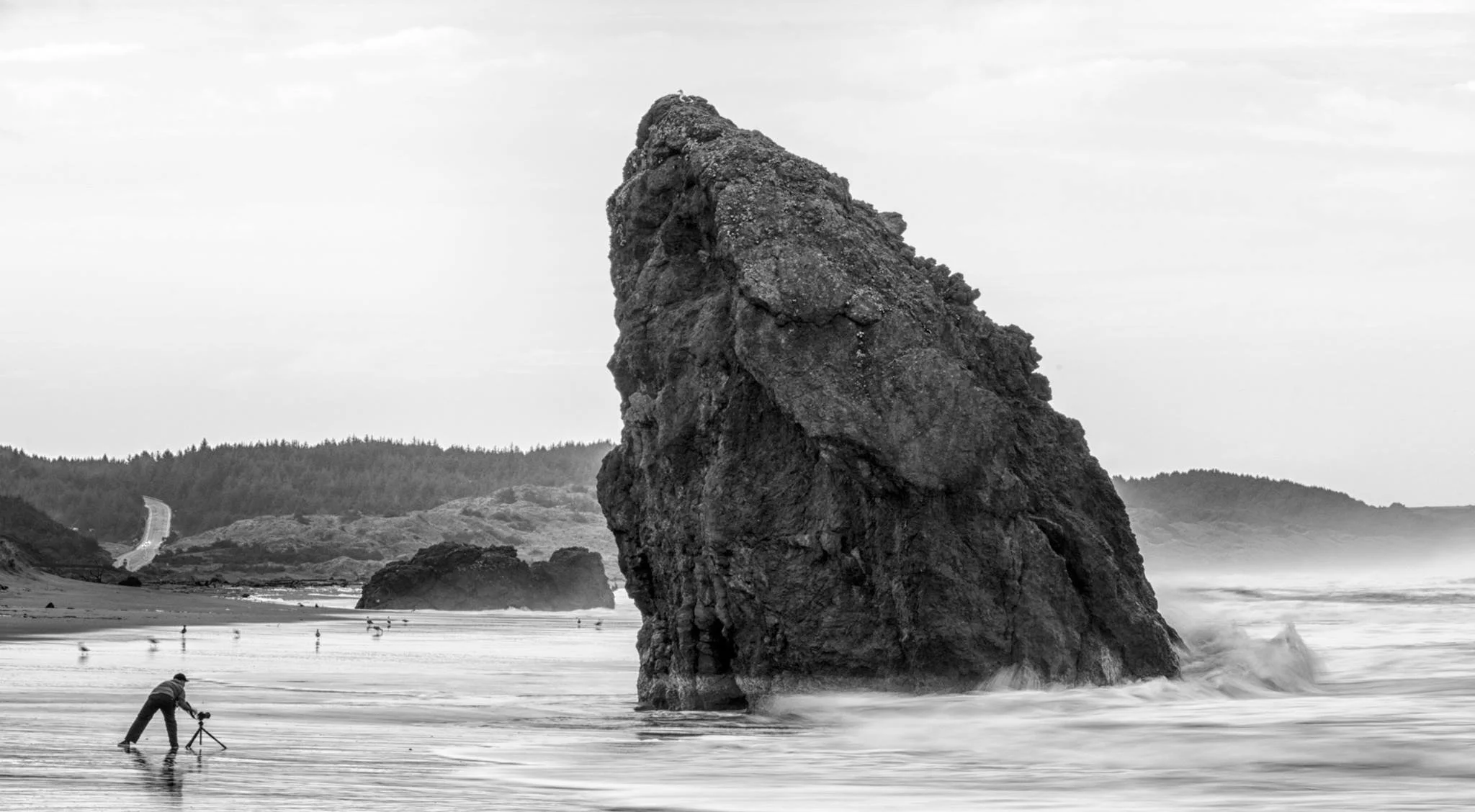Blog
Folsom Lake Trails: My New Ocean
Folsom Lake Trails: My New Ocean
A story of my transition from the Bay Area to Northern California.
Through My Lens: Part 3 - Forever Wild
Through My Lens: Part 3 - Forever Wild
The last chapter of Through My Lens.
So happy to be here.
Through My Lens: Part 2 - Rekindled Spark
Through My Lens: Part 2 - Rekindled Spark
Photographing sea stacks in Oregon on a workshop. Such fun and amazing times!
Actual photo that I took in the post.
Through My Lens: Part 1 - Chasing Light
Through My Lens: Part 1 - Chasing Light
Where did it all start?





